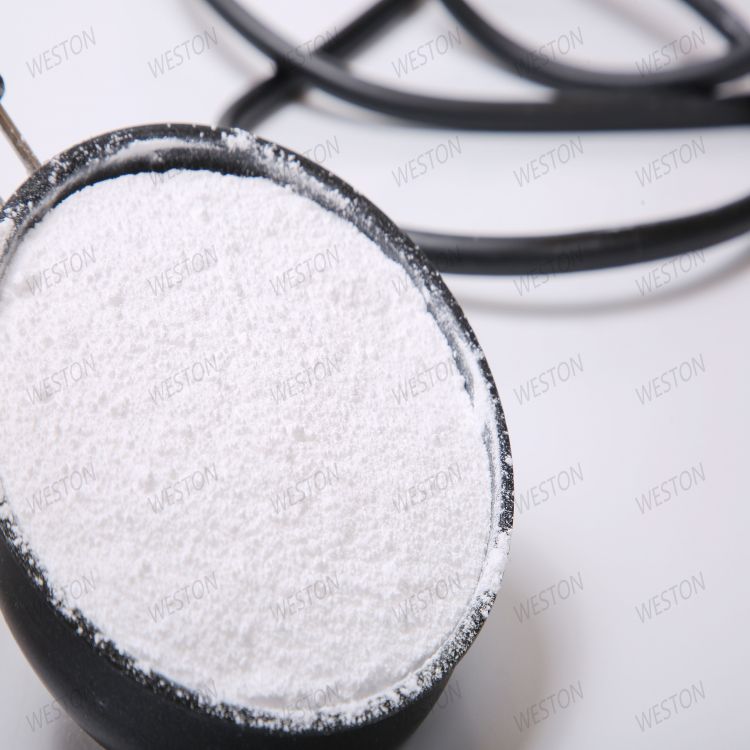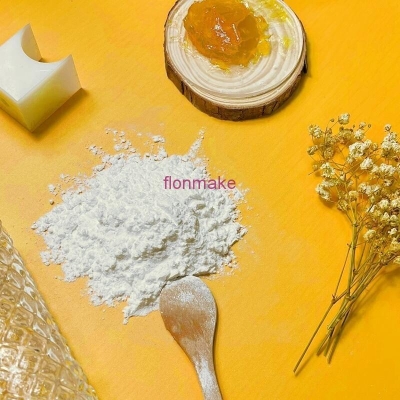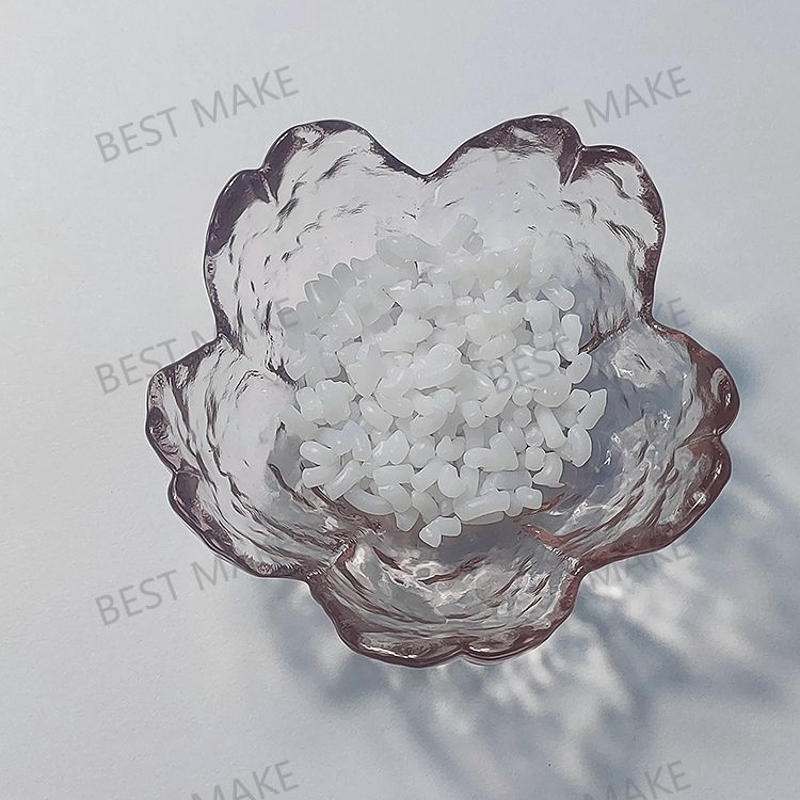-
Categories
-
Pharmaceutical Intermediates
-
Active Pharmaceutical Ingredients
-
Food Additives
- Industrial Coatings
- Agrochemicals
- Dyes and Pigments
- Surfactant
- Flavors and Fragrances
- Chemical Reagents
- Catalyst and Auxiliary
- Natural Products
- Inorganic Chemistry
-
Organic Chemistry
-
Biochemical Engineering
- Analytical Chemistry
- Cosmetic Ingredient
-
Pharmaceutical Intermediates
Promotion
ECHEMI Mall
Wholesale
Weekly Price
Exhibition
News
-
Trade Service
1.
Oxide
The most important oxide of titanium is titanium dioxide (TiO 2 , white)
.
The colors of other oxides are relatively dark, such as Ti 3 O 5 (blue-black), Ti 2 O 3 (dark purple), TiO (bronze) and so on
In nature, TiO 2 has three crystal forms: rutile, anatase and brookite, among which rutile (melting point exceeding 1800°C) is the most common and most thermally stable
.
TiO 2 has a high refractive index, and is mainly used in paint coatings (as a pigment) and paper surface treatment (easy to color), and also used in plastic additives
Pure titanium dioxide, also known as titanium dioxide, is insoluble in water or dilute acid , but it can slowly dissolve in hydrofluoric acid and hot concentrated sulfuric acid
.
What precipitated from the solution was white TiOSO 4 ·H 2 O instead of Ti(SO 4 ) 2
.
TiO 2 is insoluble in alkaline solution, but can react with molten alkali to form metatitanate, indicating that it is an amphoteric oxide
.
2KOH+TiO 2 =K 2 TiO 3 +H 2 O
ZrO 2 has low chemical activity and low thermal expansion coefficient, but its melting point is very high (2980K), making it an excellent refractory material
.
2.
Titanic acid, metatitanic acid and its salts
Titanium dioxide hydrate TiO 2 ·nH 2 O is also often written as H 2 TiO 3 (metatitanic acid) or Ti(OH) 4 (titanic acid)
.
The solution obtained by the action of TiO 2 and concentrated H 2 SO 4 is heated and boiled to obtain hydrated titanium dioxide (β-type titanic acid) which is insoluble in acid and alkali
The titanium dioxide and barium carbonate are melted together (barium chloride or sodium carbonate is added as a flux) to obtain barium metatitanate
.
TiO 2 +BaCO 3 =BaTiO 3 +CO 2 ↑
BaTiO 3 has a high dielectric constant and significant "piezoelectric properties" (potential difference generated by mechanical pressure)
.
3.
Salt
The most remarkable property of Ti(IV) salt is that its solution reacts with H 2 O 2 to produce a characteristic orange-yellow [TiO(H 2 O 2 )] 2+
.
This reaction can be used for colorimetric analysis of Ti(IV) or H 2 O 2
The four halides of titanium are relatively stable
.
TiF4 is a white solid (melting point of 284°C), TiCl 4 is a colorless liquid (melting point of -24°C), TiBr 4 is an orange solid (melting point of 38°C), and Til 4 is a light brown solid (melting point of 155°C)
The most important halide of titanium is TiCl 4 , which is the raw material for preparing a series of titanium compounds and metallic titanium, and is also used as a catalyst for the synthesis of organic compounds
.
TiCl 4 is easily hydrolyzed and will emit white smoke if exposed to the air
TiCl 4 +2H 2 O=TiO 2 +4HCl
TiCl 4 generates H 2 [TiCl 6 ] in concentrated hydrochloric acid .
This acid can only exist in the solution.
Adding NH 4 + will precipitate yellow (NH 4 ) 2 [TiCl 6 ] crystals
.
By industrially TiO .
3 prepared TiCl carbon, were hot chlorine 4 , a high temperature with COCl 2 , SOCl2 2 , CHCI3 .
3 or the CCl 4 and the like chloride TiO 2 prepared of TiCl4
.
Other titanium halides are prepared by substitution reaction between TiCl 4 and the corresponding hydrogen halide
Titanium trichloride of TiCl .
3 may be made of titanium metal dissolved in hydrochloric acid to prepare and to be made at a high temperature metallic zinc or H 2 reduction of TiCl .
The TiCl 3 aqueous solution is purple-red, and TiCl 3 ·6H 2 O crystals have two isomers, the purple [Ti(H 2 O) 6 ]CI 3 and the green [Ti(H 2 O) 4 Cl 2 ]C1· 2H 2 O
.
(NH 4 ) 3 TiF 6 is purple-red
.
The magnetic moment of TiF3 solid at room temperature is 1.
752uβ.
The magnetic moments of other TiX 3 are very low, indicating that there is obvious Ti-Ti bonding, which reduces the magnetic moment of the material
.
Ti 3+ can form alum, such as CsTi(SO 4 ) 2 and so on
.
Anhydrous Ti(NO 3 ) 4 is a white solid with a low melting point (58°C).
It is easy to sublime in a vacuum and is easily hydrolyzed, and cannot be obtained from a solution
.
TiOSO 4 ·H 2 O has (TiO) n 2n- shaped long chain structure (O-Ti-O-Ti-)
.
The tetrahalides of zirconium and hafnium (ZrX 4 and HfX 4 ) are white solids
.
Hydrated salts can be generated zirconium Zr (NO .
3 ).
4 · 5H 2 O, Zr (SO .
4 ) 2 · 4H 2 O, description Zr 4+ polarizing power ratio of Ti 4+ much worse
.







